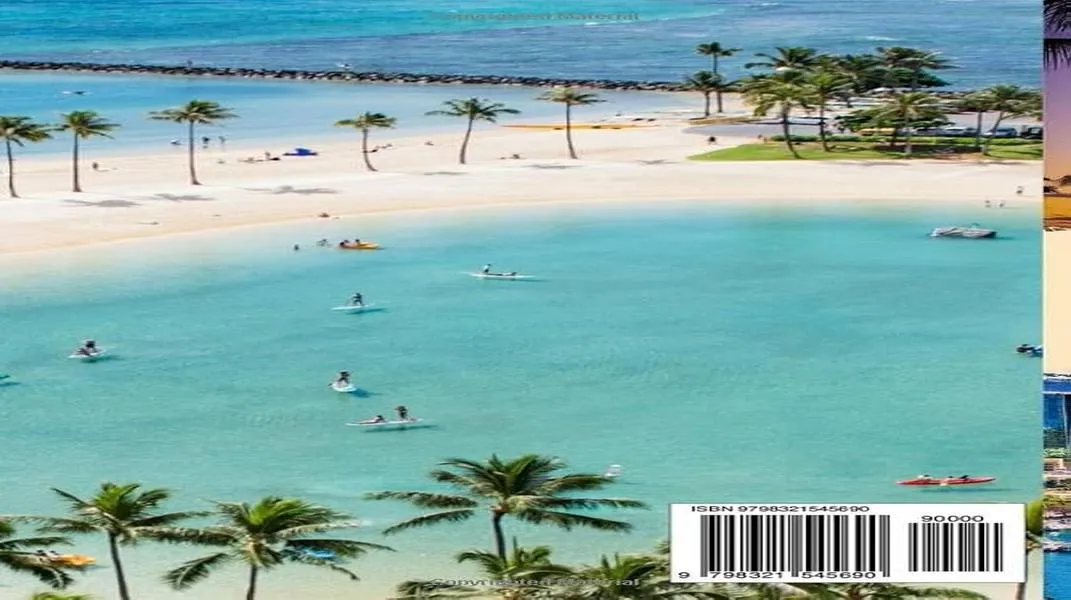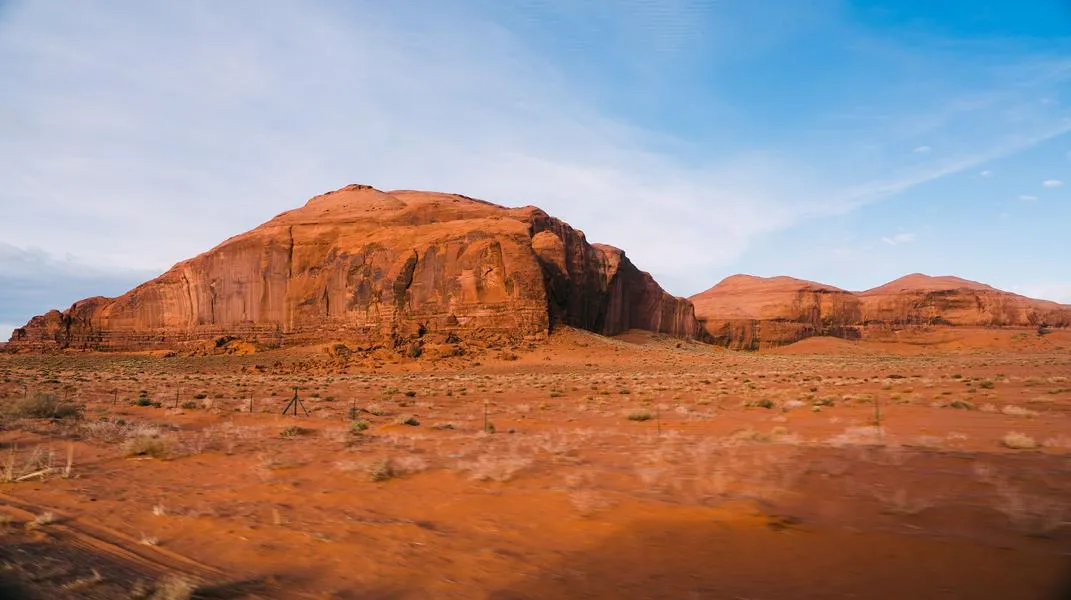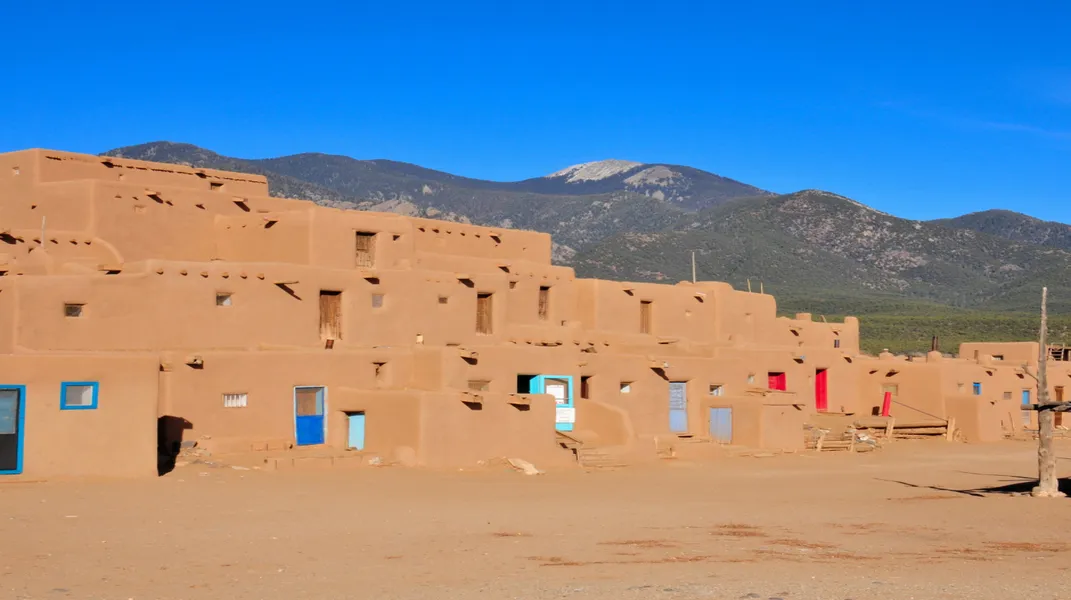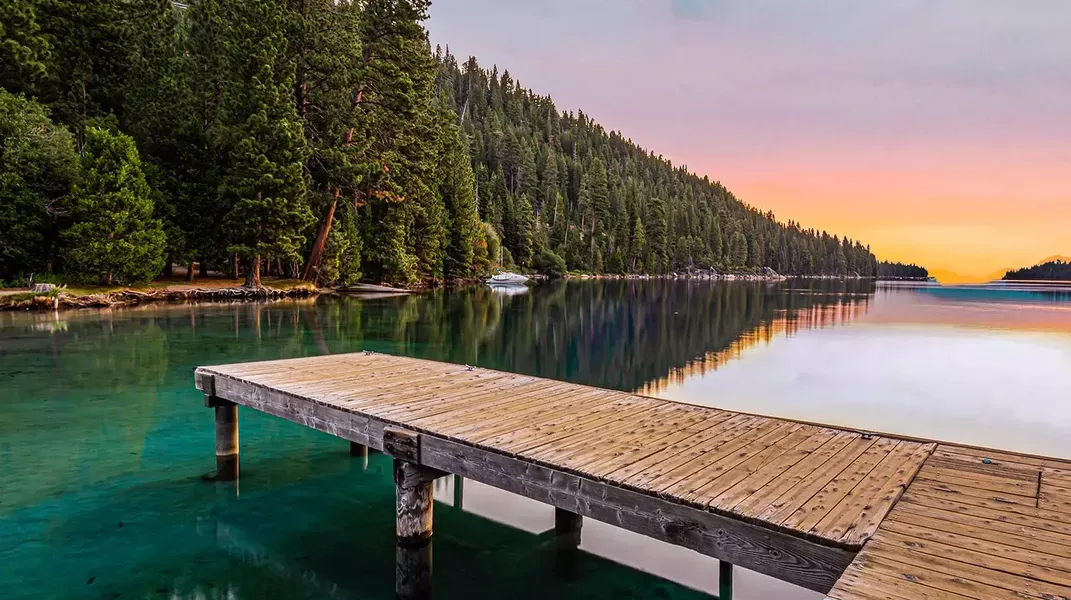Discovering Hawaii – The Big Island: A Comprehensive Guide
Hawaii, an archipelago known for its stunning landscapes, rich cultural heritage, and vibrant ecosystems, draws millions of visitors each year. Among its islands, the Big Island, formally known as Hawai'i Island, stands out as a unique destination due to its diverse geography and attractions. With active volcanoes, beautiful beaches, lush rainforests, and rich history, the Big Island offers a plethora of experiences for travelers. This article will delve into the island's attractions, activities, and essential preparation tips for an unforgettable visit.
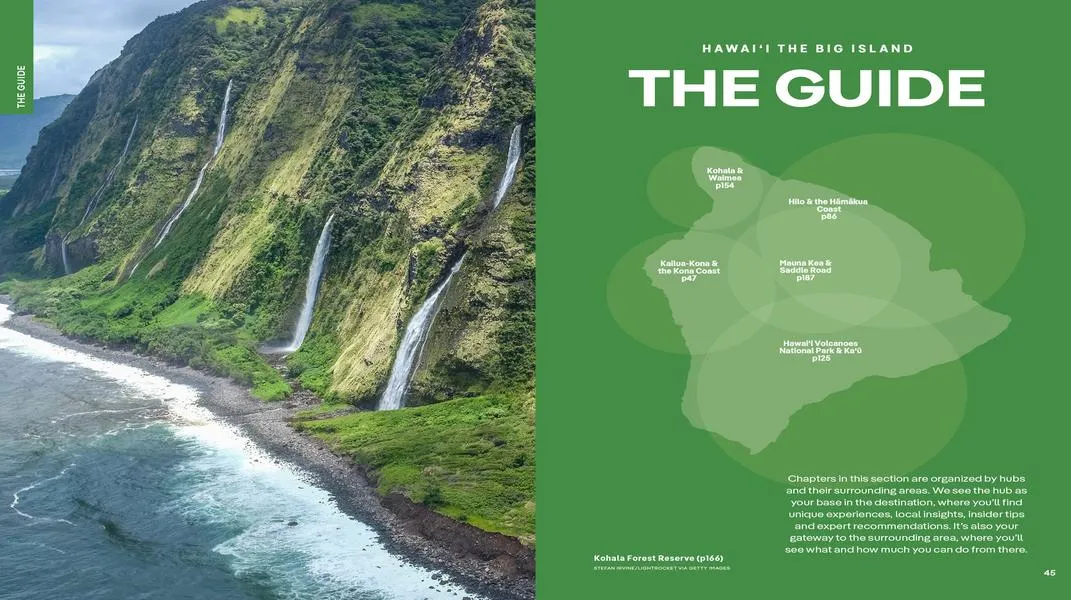
The Marvelous Geography of the Big Island
The Big Island is the largest of the Hawaiian Islands, covering over 4,000 square miles, and is home to diverse ecosystems ranging from volcanic landscapes to tropical rainforests. The island is divided into several regions, each with its charm:
Kona Coast
Renowned for its sunny weather and beautiful beaches, the Kona Coast is dotted with coffee farms, historical sites, and snorkeling spots. It is the perfect area for water activities and sunset views.
Hilo
Located on the eastern side of the island, Hilo is known for its lush rainforests and waterfalls. It is the gateway to Hawai’i Volcanoes National Park and offers unique cultural experiences.
Kohala
This region boasts stunning beaches and luxury resorts. The Kohala Coast is famous for its upscale developments, golf courses, and ancient Hawaiian fishponds.
Puna
An area of natural beauty, Puna is known for its geothermal activity, black sand beaches, and the famous lava flow from Kilauea Volcano.
Ka’u
A more remote area with vast landscapes, Ka’u offers hiking opportunities, volcanic craters, and a glimpse into the traditional Hawaiian lifestyle.
Attractions and Activities on the Big Island
1. Hawai’i Volcanoes National Park
One of the most significant attractions on the Big Island is Hawai’i Volcanoes National Park, a UNESCO World Heritage Site. The park is home to two of the world's most active volcanoes—Kilauea and Mauna Loa.
Must-See Highlights:
- Kilauea Visitor Center: Start your exploration here to gather information about the park and its geological wonders.
- Crater Rim Drive: A scenic drive that provides access to numerous viewpoints, including the Halema'uma'u Crater, which is a volcanic pit that has been active for decades.
- Thurston Lava Tube: Walk through this impressive cave formed by flowing lava, which provides a unique insight into volcanic activity.
- Chain of Craters Road: This road leads to the coastline, showcasing the dramatic effects of lava flows and offering stunning ocean views.
2. Mauna Kea
Mauna Kea, the tallest mountain in Hawaii and the world’s tallest mountain when measured from its base on the ocean floor, is a must-visit. It is known for its astronomical observatories and breathtaking sunsets.
Activities:
- Stargazing: Mauna Kea is renowned for its clear skies, making it a perfect location for stargazing. Visitors can attend guided tours for an educational experience.
- Sunset Viewing: Witnessing the sunset from the summit is one of the most beautiful experiences on the island. Ensure you dress warmly, as temperatures can drop significantly at the summit.
3. Snorkeling and Diving
The Big Island is surrounded by crystal-clear waters teeming with marine life, making it a paradise for snorkelers and divers.
Popular Spots:
- Honaunau Bay (Two Step): Known for its vibrant coral reefs and diverse fish species, this location is perfect for both snorkeling and diving.
- Kealakekua Bay: A marine conservation area, this bay offers exceptional snorkeling opportunities and is home to the famous Captain Cook Monument.
- Kona Coast: Various tour operators offer snorkeling excursions to explore the underwater world, including manta ray night dives.
4. Beaches
The Big Island is home to some of the most picturesque beaches in the world. Each beach has its unique characteristics:
- Punalu’u Black Sand Beach: Famous for its black sand created by volcanic activity, this beach is often visited by sea turtles.
- Hapuna Beach: A beautiful white sand beach ideal for swimming and sunbathing, it is one of the top beaches in the state.
- Mauna Kea Beach: Located near luxury resorts, this beach offers stunning views and calm waters perfect for swimming.
5. Cultural Experiences
Engage with the rich Hawaiian culture through various local experiences:
- Hawaiian Luau: Attend a traditional luau to experience Hawaiian cuisine, music, and hula dancing.
- Pu’uhonua o Hōnaunau National Historical Park: This sacred site provides insight into ancient Hawaiian culture and traditions.
- Kona Coffee Farms: Tour a local coffee farm to learn about the coffee-making process and sample some of the world’s best coffee.
6. Hiking
The diverse landscapes of the Big Island offer numerous hiking opportunities for all skill levels.
- Pololu Valley Trail: A short hike leading to breathtaking views of the valley and coastline.
- Akaka Falls Loop Trail: This easy trail takes you through lush rainforest to see the stunning Akaka Falls.
- Kilauea Iki Trail: A more challenging hike that takes you across the crater floor of Kilauea, offering a unique perspective on volcanic landscapes.
Preparing for Your Visit
To ensure a smooth and enjoyable visit to the Big Island, proper preparation is essential. Here’s a comprehensive checklist of materials and items you should consider:
1. Travel Documents
- Identification: Ensure you have a valid government-issued ID or passport.
- Flight Tickets: Print or save your electronic tickets and itinerary.
- Accommodation Confirmation: Have your booking details handy for check-in.
2. Clothing and Footwear
- Lightweight Clothing: The weather is generally warm, so pack breathable fabrics.
- Swimwear: Bring multiple swimsuits for beach days and water activities.
- Layered Clothing: Temperatures can vary, especially at higher elevations like Mauna Kea. Pack a light jacket or sweater.
- Comfortable Footwear: Sturdy hiking shoes are recommended for trails, while sandals or flip-flops are perfect for the beach.
3. Beach Gear
- Beach Towels: Lightweight, quick-drying towels are ideal for beach outings.
- Snorkeling Gear: Although rentals are available, bringing your own gear can be more convenient.
- Sunscreen: Choose reef-safe sunscreen to protect your skin and the ocean’s ecosystems.
- Hats and Sunglasses: Protect yourself from the sun's rays with a wide-brim hat and UV protection sunglasses.
4. Outdoor Essentials
- Water Bottle: Stay hydrated, especially during hikes and outdoor activities.
- Backpack: A small daypack is useful for carrying essentials during excursions.
- Camera or Smartphone: Capture the stunning landscapes and memories of your trip.
5. Health and Safety
- First Aid Kit: Include essentials like band-aids, antiseptic wipes, and any personal medications.
- Insect Repellent: Protect yourself from mosquitoes, particularly in lush areas like Hilo.
6. Navigation and Planning
- Maps: While GPS is useful, having a physical map can be beneficial in areas with limited service.
- Guidebook or Apps: Download travel apps or bring a guidebook for tips on attractions and local customs.
7. Miscellaneous
- Cash: While many places accept credit cards, having some cash for local markets or smaller establishments is a good idea.
- Snacks: Pack some snacks for hikes or long drives, particularly if you plan to explore more remote areas.
Conclusion
The Big Island of Hawaii is an extraordinary destination that offers a unique blend of natural beauty, adventure, and cultural experiences. From the marvels of active volcanoes to the tranquility of pristine beaches, there is something for everyone. By preparing adequately and embracing the spirit of Aloha, visitors can ensure they make the most of their time on this breathtaking island. So pack your bags, grab your camera, and get ready to embark on an unforgettable journey to the Big Island!

